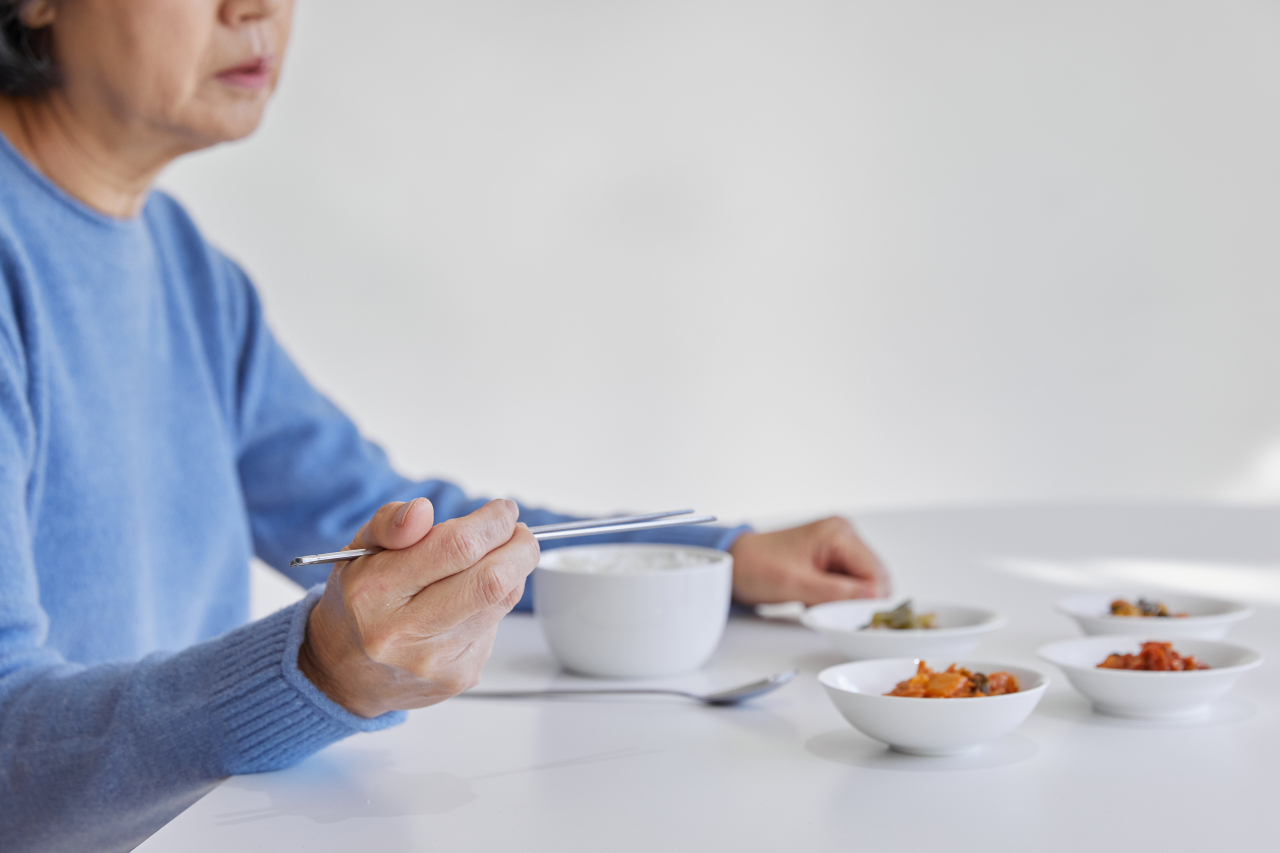 |
(Getty Image) |
Amid rapid aging and an increasing number of young people choosing to hold off on marriage, the proportion of one-person households in South Korea increased last year to 33.4 percent, data from the Ministry of Gender Equality and Family showed Wednesday.
According to the ministry's factual survey of families based on 12,044 households in the country, the number of single-person households nearly doubled in 10 years. The group which accounted for 15.8 percent in 2010 grew to 30.4 percent in 2020, and 3.2 percentage points up in 2023.
By gender, the proportion of women living alone surpassed men, taking up 62.3 percent in single households. By age, more than half were adults aged over 60. Those over 70 accounted for 27.1 percent and those in their 60s 25.7 percent, followed by those in their 30s and below taking 23.9 percent.
The biggest challenge single households faced was having a balanced meal (42.6 percent).
However, those who cited difficulties of having to handle sickness and emergencies alone rose from 30.9 percent in 2020 to 37.6 percent last year. People who appealed to loneliness for "being isolated from others" also rose from 18.3 percent to 23.3 percent in the same period.
Other hardships mentioned by one-person households were taking care of the house such as preparing meals and going for groceries (25.6 percent), having no one comfortable to talk to for troubles and worries (24.6 percent), and feeling unsafe from crimes (10.1 percent).
While the composition of one-person households is growing in the country, the perspective on living and the value of family is also diversifying.
More than 47 percent of respondents agreed to live as a single and not get married, up 13 percentage points from 2020. The agreed rate rose among all categories asked, with 39.1 percent saying "Men and women can live together while not getting married," which stood at 26 percent in 2020.
Some 20 percent of the respondents agreed that one can adopt a child while living alone and not getting married, the first category surveyed in the data revealed.
The attitude toward having children also changed, signaling a positive outlook on the birth rate crisis Korea faces today, the ministry noted.
For all age groups asked about plans for having children, the rate of those who said "yes" rose among those in their 20s and 30s.
The rate of those in their 30s and below who said they plan to have a child stood at 27.6 percent and 15.7 percent respectively, up 9.4 and 6.8 percentage points in 2020.
As 65.3 percent of people aged below 30 said they "have not thought about plans on childbearing," the decision to have children appears to come mostly after respondents turn 30.
In the category of how many children respondents wanted to have in the future, those who answered either one or two rose slightly, while those who answered between three to four decreased from the previous survey.
Though the proportion of men and women equally taking part in child caring increased compared to 2020, women still took on far more responsibility in taking care of children in categories such as "daily care such as getting meals ready and putting a child to sleep," "taking care of a child when sick," "taking a child to school" and "participating in school events." The only category in which husbands took more responsibility was "teaching daily habits."
The cycle of the nationally authorized statistical survey conducted on a nationwide scale to identify the current status and actual situation of families was shortened from five years to three years in 2020 to grasp the reality of families in a more timely manner amid a rapidly changing society, the ministry said.







![[Today’s K-pop] Blackpink’s Jennie, Lisa invited to Coachella as solo acts](http://res.heraldm.com/phpwas/restmb_idxmake.php?idx=644&simg=/content/image/2024/11/21/20241121050099_0.jpg)